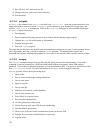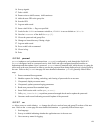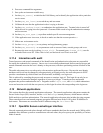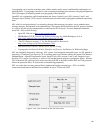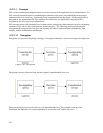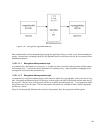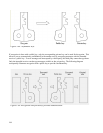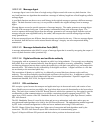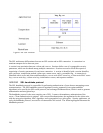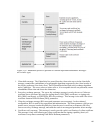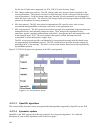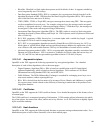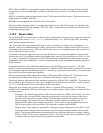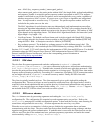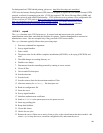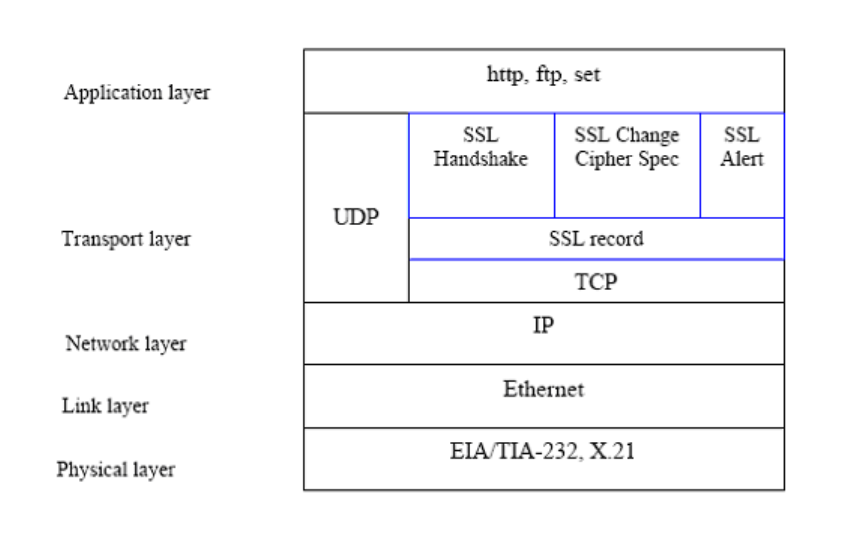
The SSL architecture differentiates between an SSL session and an SSL connection. A connection is a
transient transport device between peers.
A session is an association between a client and a server. Sessions define a set of cryptographic security
parameters, which can be shared among multiple connections. Sessions are used to avoid the expensive
negotiation of security parameters for each new connection. A session is identified with a session identifier,
peer certificate, compression method, cipher spec, master secret, and is_resumable flag. A connection is
identified with a server and client random numbers, a server write MAC secret key, a client write MAC secret
key, a server write key, a client write key, initialization vectors, and sequence numbers.
5.12.1.2.1 SSL handshake protocol
The SSL handshake protocol is responsible for performing authentication of peers that are attempting secure
communications. The SSL handshake protocol negotiates security parameters (encryption and hash
algorithms) to be used by the SSL record protocol, and exchanges PreMasterSecret, which is used to generate
authentication and encryption keys.
The handshake protocol is the most complex part of SSL. It starts with mandatory authentication of the
server. Client authentication is optional. After successful authentication, the negotiation for the cipher suite,
with the encryption algorithm, MAC algorithm, and cryptographic keys, takes place. Security parameters, set
up by the handshake protocol, are used for all connections in a session. The following diagram illustrates the
handshake protocol.
186
Figure 5-90: SSL Protocol



